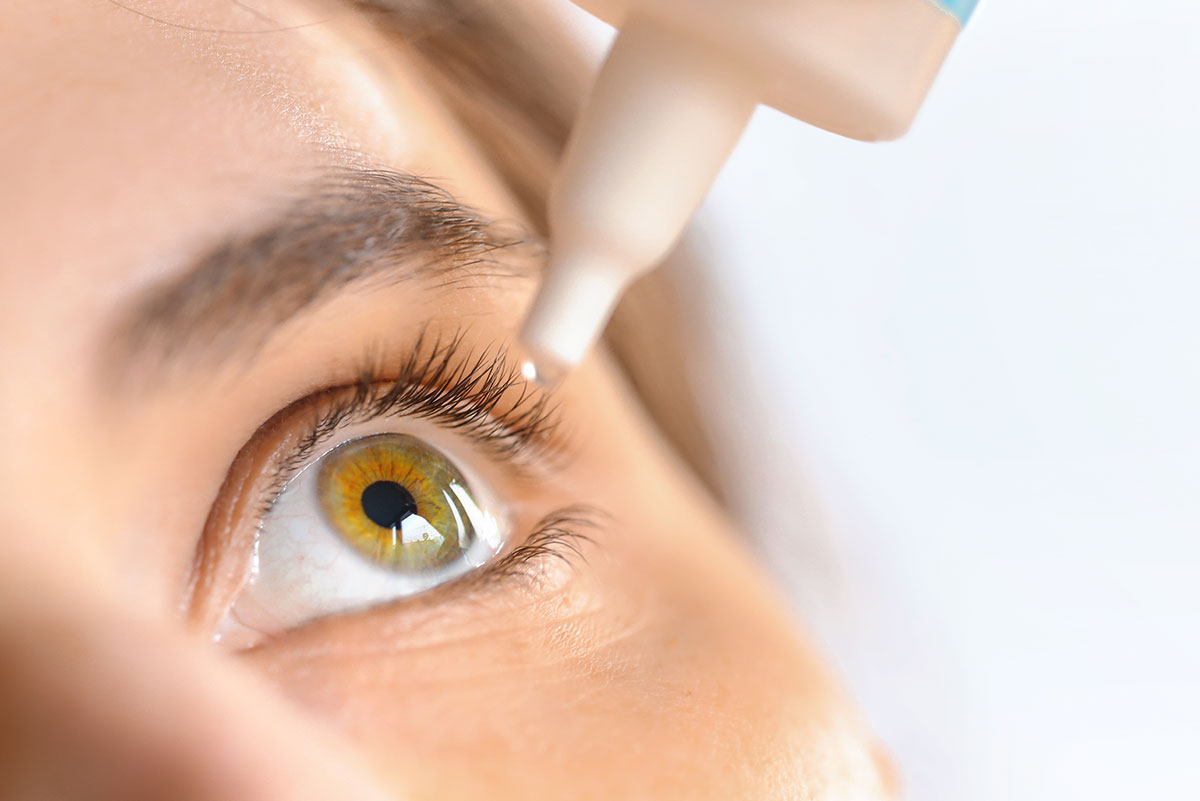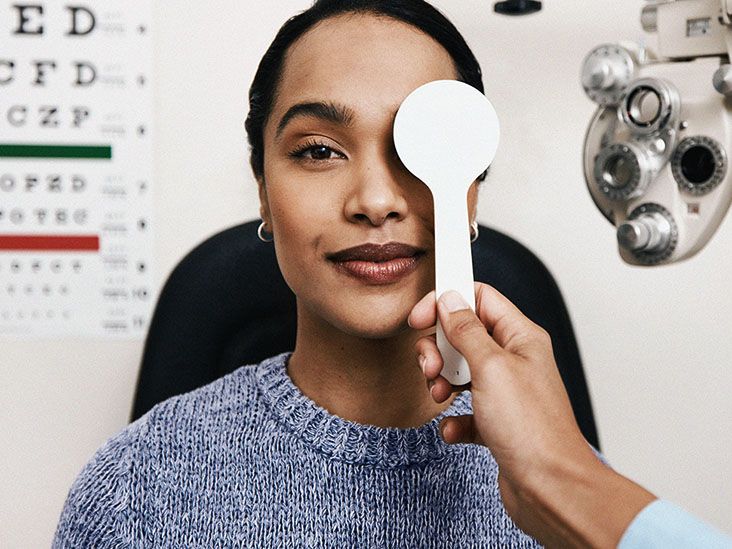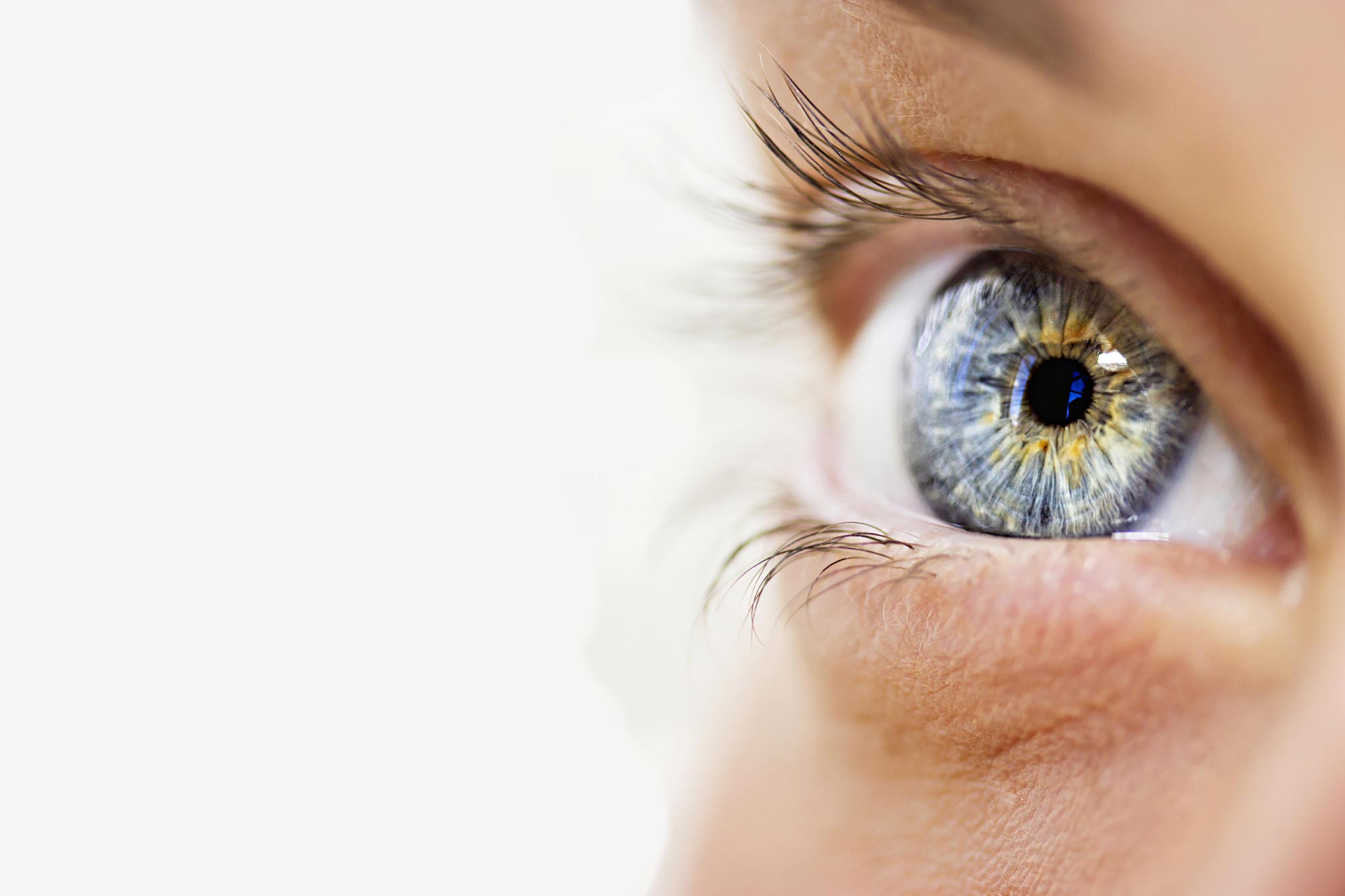Leading Hearing Service Near Me: Your Trusted Clinic for Hearing Health
Checking Out the State-of-the-Art Technologies Used for Identifying and Treating Eye Conditions
In the world of ophthalmology, the development of modern technology has actually dramatically boosted the devices offered for detecting and dealing with numerous eye conditions. From advanced imaging modern technologies that supply comprehensive insights right into eye structures to robotic-assisted surgeries that use unmatched precision, the landscape of eye care is continuously advancing. With the integration of expert system in diagnostics, genetics therapy technologies, and virtual reality rehab, the opportunities for boosting patient end results are expanding at a fast rate. The convergence of these sophisticated modern technologies holds the guarantee of changing the field of ophthalmology, providing brand-new methods for personalized and reliable therapies.

Advanced Imaging Technologies
Advanced Imaging Technologies have changed the field of ophthalmology by supplying comprehensive and specific visualization of the eye structures. Optical Comprehensibility Tomography (OCT) stands out as a crucial modern technology in this realm. OCT makes use of light waves to capture high-resolution cross-sectional pictures of the retina, permitting for the identification of minute structural adjustments. This non-invasive technique aids in the very early discovery and monitoring of different eye problems such as macular degeneration, diabetic retinopathy, and glaucoma.
Furthermore, Fundus Photography is one more crucial device in ophthalmic imaging. This technique involves catching in-depth pictures of the rear of the eye, consisting of the retina and optic disc. Fundus Digital photography assists in documenting the progression of eye illness, evaluating therapy efficiency, and educating clients about their eye health and wellness.

Robotic-Assisted Operation
Robotic-assisted medical procedures have actually significantly advanced the capabilities of ophthalmic surgical treatment, ushering in a new age of precision and effectiveness in treating different eye conditions. By integrating robotic innovation into surgical procedures, ophthalmologists can achieve exceptional accuracy and control, resulting in enhanced client end results.
One of the primary advantages of robotic-assisted surgical procedure in ophthalmology is the boosted dexterity and stability it offers to surgeons. The robot arms can execute exact motions with a high degree of accuracy, permitting for fragile procedures with minimal invasiveness. This degree of precision is particularly beneficial in surgical procedures entailing the retina, where even minor mistakes can have considerable implications for a person's vision.
In addition, robotic-assisted surgical systems provide real-time imaging and responses to the specialist, enabling them to make enlightened decisions throughout the treatment. This technology boosts the specialist's situational awareness and permits for modifications to be made promptly, making sure optimal outcomes for the client.
Artificial Intelligence in Diagnostics
With the development of cutting-edge modern technologies boosting medical precision in ocular procedures, the assimilation of Artificial Intelligence in diagnostics has actually emerged as a crucial development changing the field of eye care. Artificial Intelligence (AI) formulas are being increasingly used to analyze complicated information from imaging technologies like optical comprehensibility tomography (OCT) and fundus digital photography to assist in the very early discovery and accurate diagnosis of numerous eye conditions. These AI systems can effectively recognize patterns and anomalies in images that may not be noticeable to the human eye, enabling quicker diagnosis and therapy preparation.
AI formulas can also predict disease progression, recommend customized treatment plans, and examine the efficiency of treatments. By enhancing the analysis process, AI not just boosts the performance of eye care experts yet likewise improves individual results by making it possible for timely treatments. As AI remains to development, its function in diagnostics is expected to expand, providing brand-new opportunities for very early intervention and personalized treatment in the area of ophthalmology.
Gene Therapy Innovations
In the realm of ocular developments, recent strides in gene therapy technologies have actually triggered substantial passion among scientists and health care specialists alike. Gene therapy holds tremendous pledge in changing the treatment of various eye problems by targeting the hidden genetic causes. By introducing genetic material into cells to make up for unusual genes or to provide a missing gene, gene treatment offers a customized technique to addressing acquired eye conditions such as retinitis pigmentosa, Leber genetic amaurosis, and others that were previously thought about untreatable.

As study in gene therapy continues to development, the potential for tailored therapies for a bigger series of eye conditions expands, supplying brand-new expect patients with hereditary eye conditions.
Virtual Fact Rehab
Virtual reality rehabilitation has actually arised as a cutting-edge strategy in enhancing the healing and rehabilitation processes for people with numerous visual impairments. retina service near me. By replicating real-world environments through immersive modern technology, virtual truth uses a distinct platform for vision therapy and recovery. This ingenious technique allows individuals to take part in interactive exercises check this and tasks designed to enhance aesthetic skill, deepness perception, eye coordination, and general visual performance
One secret benefit of digital fact recovery is its capacity to tailor treatment programs based upon the certain needs and capabilities of each person. Via real-time feedback and tracking, medical care experts can track progress, change interventions, and give tailored like maximize results. Furthermore, digital truth technology can produce a risk-free and controlled room for people to exercise aesthetic jobs, get rid of difficulties, and build self-confidence in a virtual setup before transitioning to real-world circumstances.
Final Thought
Finally, the advancements in imaging innovations, robotic-assisted surgeries, expert system diagnostics, gene treatment technologies, and digital truth rehabilitation have considerably improved the diagnosis and treatment of eye problems. retina service near me. These advanced innovations have revolutionized the area of ophthalmology, enabling for even more exact and reliable treatments. As technology remains to progress, the future of eye treatment looks encouraging with the potential for much more innovative services to enhance patient end results
In the world of ophthalmology, the advancement of modern technology has actually significantly boosted the devices readily available for detecting and treating numerous eye problems. Fundus Digital go to these guys photography assists in recording the development of eye illness, reviewing therapy effectiveness, and enlightening patients regarding their eye health and wellness.
Fabricated Intelligence (AI) algorithms are being increasingly made use of to examine complicated data from imaging innovations like optical coherence tomography (OCT) and fundus photography to aid in the early detection and precise diagnosis of various eye problems.In conclusion, the improvements in imaging modern technologies, robotic-assisted surgical procedures, fabricated intelligence diagnostics, gene treatment innovations, and digital reality rehabilitation have actually substantially boosted the medical diagnosis and therapy of eye conditions. As technology proceeds to progress, the future of eye treatment looks promising with the possibility for even more cutting-edge services to improve blog here person end results.